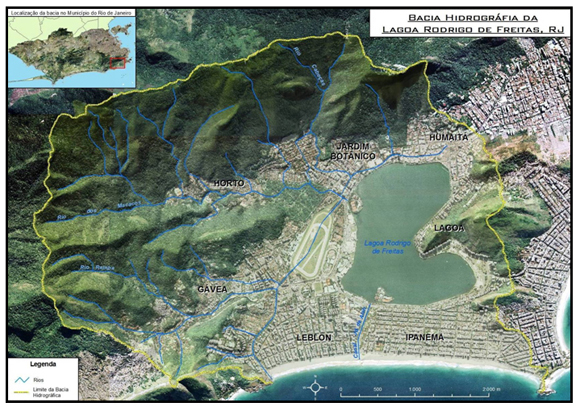Dwarf cashew growth irrigated with saline waters
Keywords:
Anacardium occidentale, salinity, plant mass
Abstract
The cashew production is one of the most important agricultural activities from the social-economical viewpoint for the North East of Brazil; besides to produce a great deal of hand labor, it is very important as an exporting commodity. The inadequate use of irrigation in the semi arid regions of the North East of Brazil has induced soil salinization and consequently problems for the irrigated agriculture. In spite of this, few works have been conducted to study the effect of saline stress on the growth and development of the cashew. Because of the lack of information for this crop, an experiment was conducted to study the effect of salinity stress on the phytomass production and nutrient accumulation on the different organs of the precocious dwarf cashew (Anacardium occidentale L.) clone CCP76. The study was conducted under controlled conditions using as statistical scheme a randomized block design factorial with six replicates. Five salinity treatments were considered for the irrigation water (electrical conductivities of 0.8, 1.6, 2.4, 3.2 and 4.0 dS m-1 at 25oC). The increasing in salinity of the irrigation water reduced the phytomass at different organs of the studied plant. The nitrogen, phosphorus, potassium, chloride and sodium in the plant varied with the salinity of the irrigation water according with the part of the plant analyzed; in some parts increased, in others decreased, in others increased initially and decreased afterwards, and finally, in other part of the plant the salinity of the irrigation water did not affect the nutrient concentration.
Published
21/12/2009
Issue
Section
Papers
Authors maintain the copyrights for their work. However, they grant rights of first publication to Ambiente e Agua - An Interdisciplinary Journal of Applied Science. In compensation, the journal can transfer the copyrights, allowing non-commercial use of the article including the right of sending the article to other data bases or publication media. The journal uses the CC BY 4.0 license"






